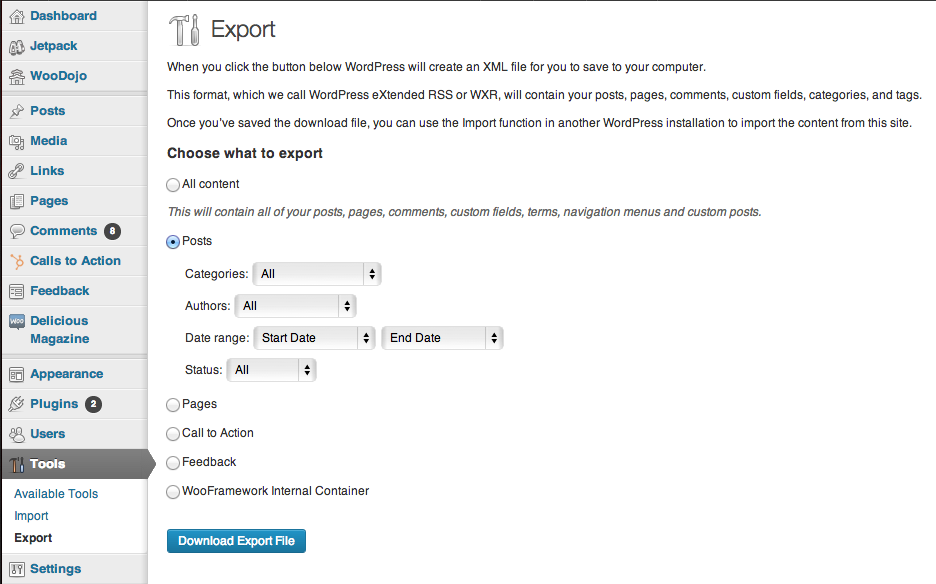Content management system (CMS) is one of the most important and popular systems in the web world. CMS provides the facility of adding, editing, deleting, organizing and publishing content from a central interface. While these are traditional features, the new CMS’ boast of more features such SEO, e-commerce, social forums, document management, media management and the likes on various devices.
There are many CMS tools available, each with their own pros and cons. After working with umpteen CMS tools, I recommend Sitecore CMS which is a powerful framework for enterprise solutions.
What really differentiates Sitecore from others not just the usability and scalability, but the easy integration of services like SharePoint, CRM, Google Analytics etc that can boost productivity and add value to your business. Moreover, these tools are easy to integrate and use in combination with the Sitecore in-built interface.
With the use of Sitecore, one can build an impressive repertoire of applications for businesses to improve web traffic and user web experience. Sitecore also provides a great way to track marketing and sales campaigns. Thanks to real-time statistics from users, you can discover better ways to convert traffic into more leads and sales. As a business, if you are not improving your web presence to retain users, you are missing opportunities.
Some of the features are listed below:
- Improved search
- Content faceting
- Flexible search results interface
- Quick action
- Unlimited content scaling
- Repurpose Content for Different Devices
- Easily Integrate with Third Party Tools
- Intuitive and User-Friendly Design
- Fast Integration with Microsoft Technology
- Web 2.0 and Social Media Integration
As this framework is developed on the Microsoft .NET platform, it is easy to use, develop and maintain. Since the journey of Sitecore dates back to 2007, it is a stable, mature framework available with rich features.
CMS is fully customizable and extendable, and practically anything can be overridden or extended. Developers are also export customized functionality from Sitecore into a package which can then be imported to another project if needed.
From a developer perspective, Sitecore is a dream framework containing 1,300 classes and 5,000 methods that form a rich, extensive developer framework.
Databases: Sitecore is made up of three databases.
- Core Database – This database is used by Sitecore itself for system settings, managing configuration, overriding standard functionality, managing membership and adding button to the toolbar in the editor.
- Master Database – This database is used to save all the settings, content authoring and list creations. The master database can have workflow enabled and customized, so sections of the site can be locked down to certain roles or made to go through an approver or translator before they go live. In this mode, admins can also preview the content.
- Web Database - The web database contains live content for the web applications. It is different from master database which only stores the latest version of all items. When a content editor publishes some content, it copies from the master database to the web database. In a live environment, only the web and core database gets hosted in the SQL server instance. This means that the CMS is unavailable from the public website, making the application more secure.
Item Folders:

In Sitecore all content is stored in a content tree. For layouts, editors use the content and media items. Layouts contains templates, settings and API. There are some common tree items listed below:
- Content
- Media Library
- Layout
- System
- Templates
Sitecore API: Sitecore API is very powerful and flexible as compared to others. You can query Sitecore items using different technologies, standard .NET web forms, MVC, XSLT, Site core Query and Sitecore Fast Query which are very similar to XPATH. You can also use Linq to query Sitecore items and use ‘where’ clauses to filter down.
Sitecore community: There is a developer community which makes getting started with Sitecore easy. Sitecore regularly hosts user groups at various locations to encourage and engage the developer community.
Using Sitecore, you can update rich, dynamic content very easily while developers can build extensive, flexible, quick and scalable solutions to fulfill your business needs.






